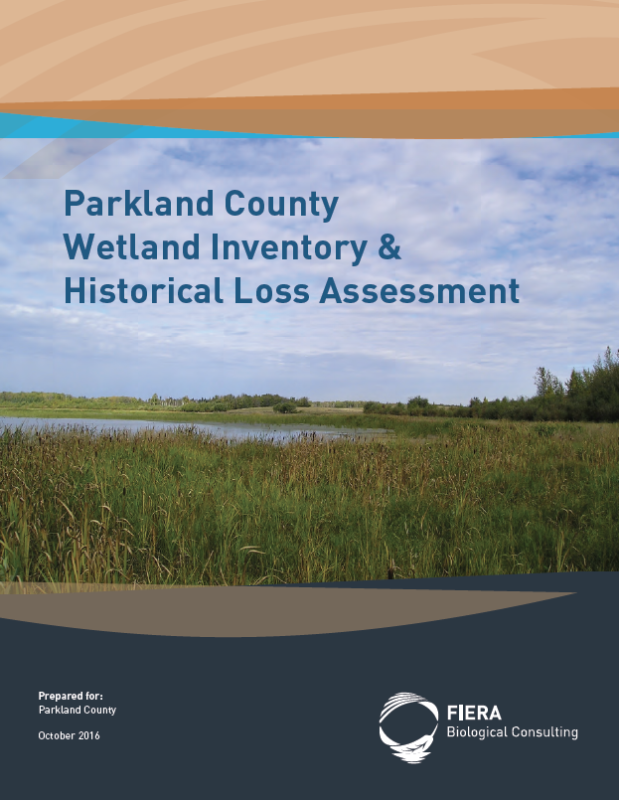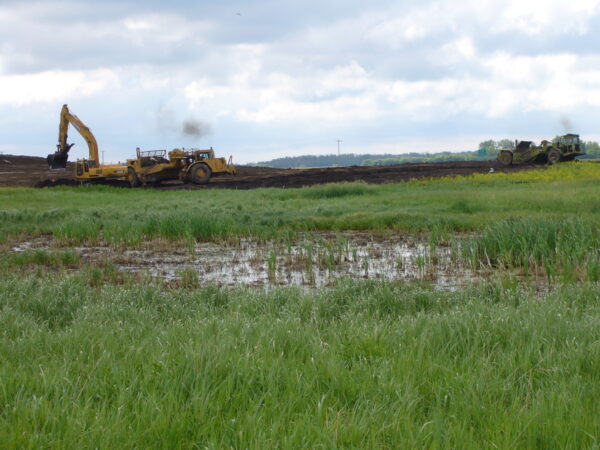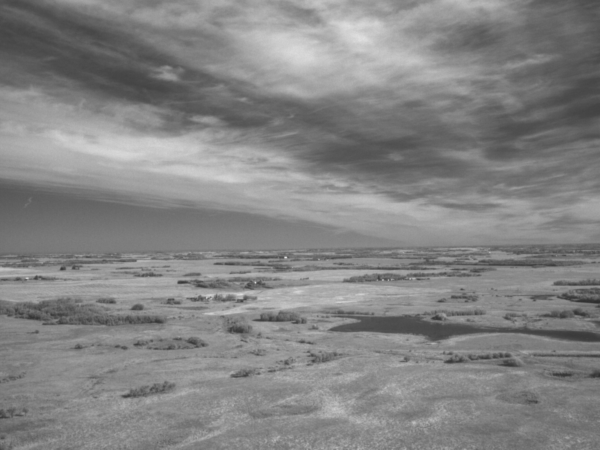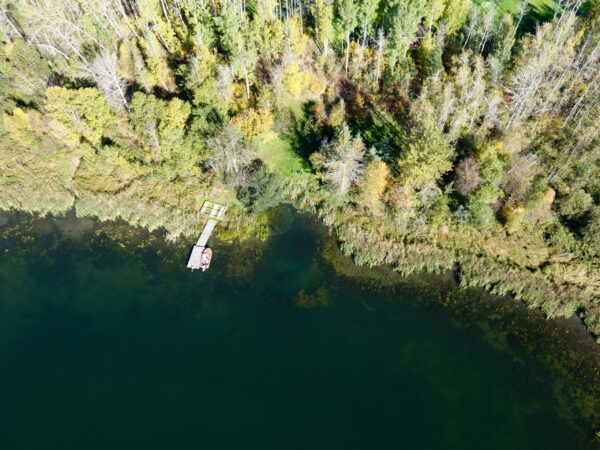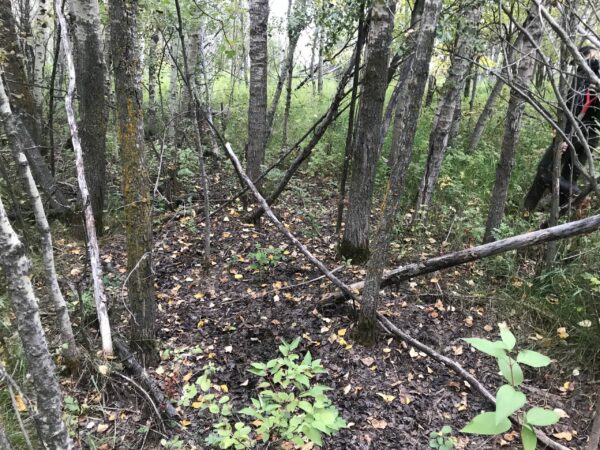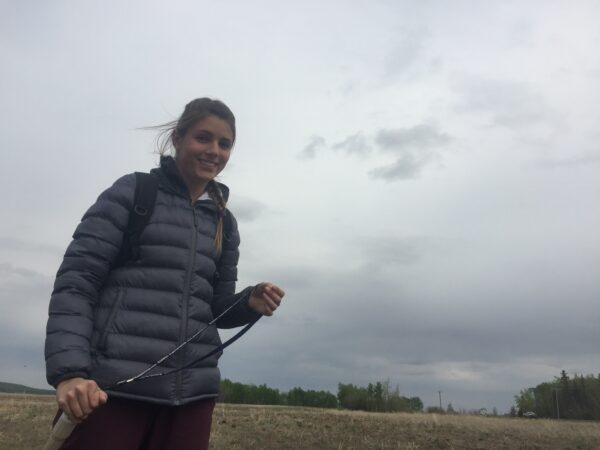Wetlands are important. You don’t have to take our word for it, lots of other folks agree. Environment Canada, for instance, says that wetlands are “among the most productive habitats on Earth”, and goes on to say that “if we continue to lose wetlands, a large and important piece of the natural system that keeps our world healthy will disappear.” The Government of Alberta agrees too! The Alberta Wetland Policy states that wetlands “play an important role in sustaining healthy watersheds by protecting water quality, providing water storage and infiltration, providing habitat for wildlife, fish and plants, and sustaining biodiversity.” Even industry organizations like the Canadian Association of Petroleum Producers (CAPP) state that “wetlands are vital to the sustainability of ecosystems as they filter water, store carbon, recharge groundwater, protect biological diversity and act as flood protection.”
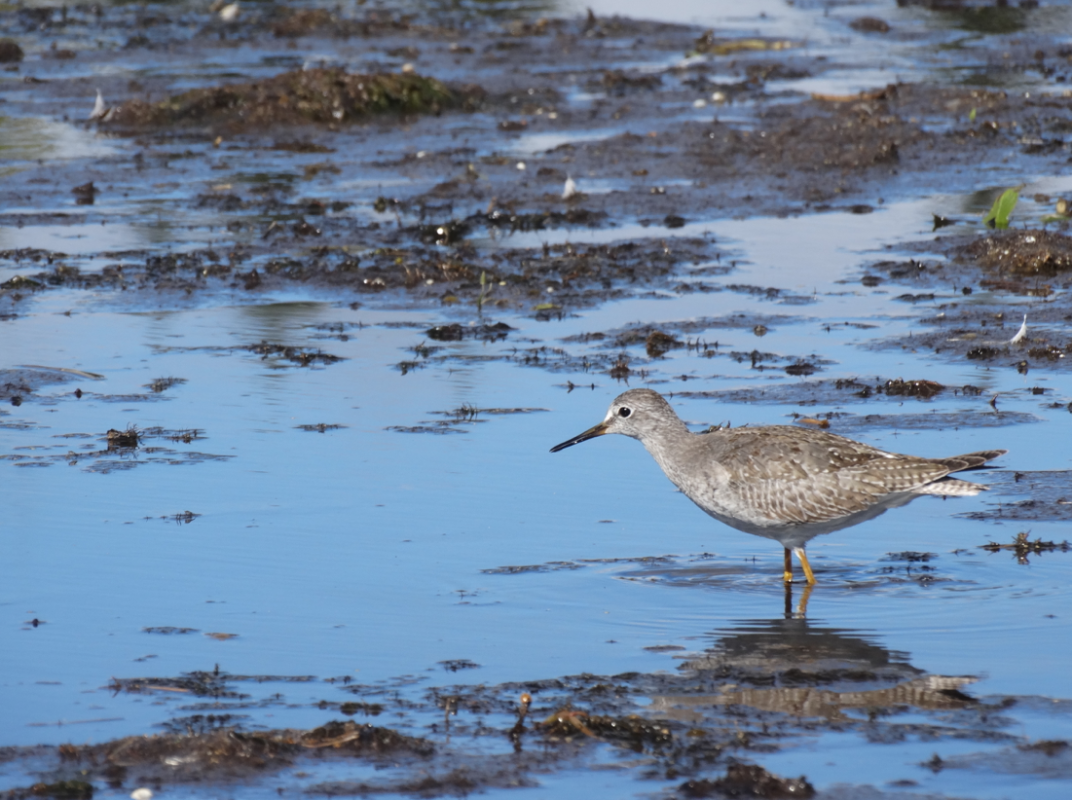
Even though the importance of wetlands is widely known, and prevention of wetland loss has been a stated policy in Alberta for over 20 years, the province continues to loose wetlands. It is estimated that Alberta has lost around 70% of its wetlands in the settled portion of the province. “Where are these wetlands disappearing to?” you might ask. Its a good question, and the answer is troubling. The fact is, for much of the past 100 years or more, there has been a war on wetlands. Historically, farmers have been encouraged to drain wetlands to increase agricultural production. Wetlands are still drained or filled in so that roads can be straight, and lands that contain wetlands are purchased regularly by land developers, and subsequently filled in, to construct neighbourhoods, shopping centres, and industrial areas. As if that’s not enough, climate change is taking it’s toll as well, and many wetlands are simply drying up.
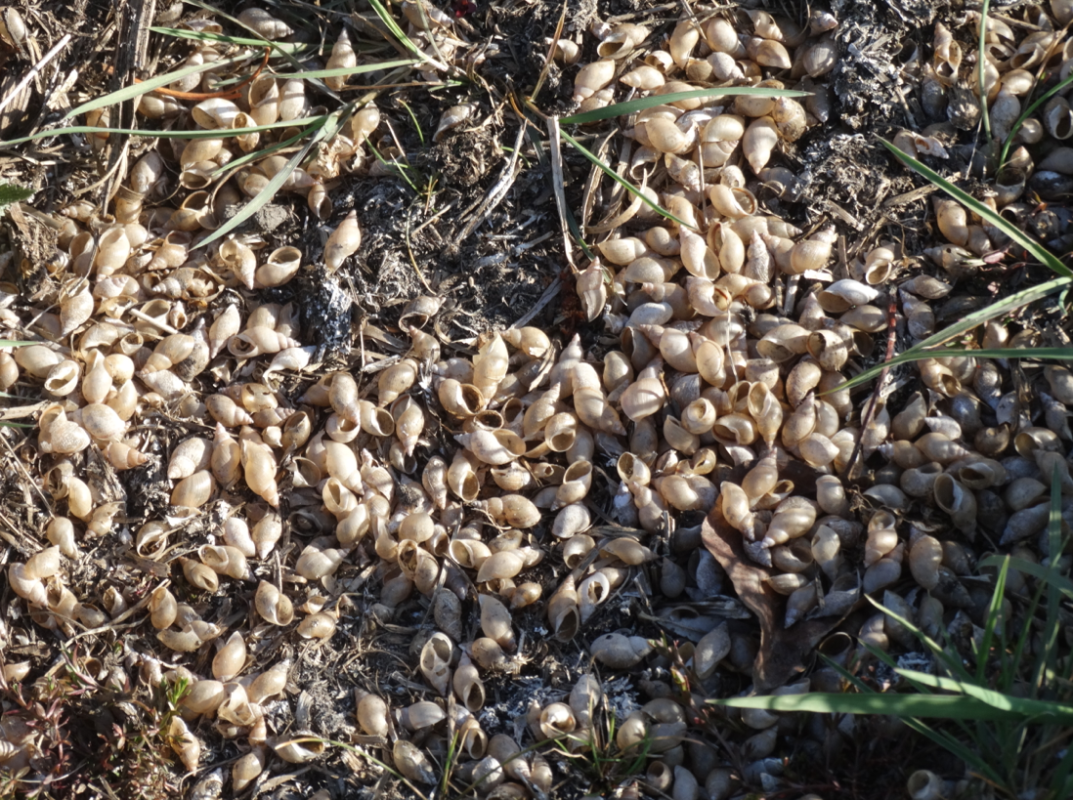
Here in Alberta, the provincial government strives to prevent wetland loss through the administration of the Water Act and the Alberta Wetland Policy. As part of the management of wetlands in Alberta, any activity that results in an impact to a wetland requires an approval under the Water Act, and under the direction of the Wetland Policy, efforts must be made to avoid, minimize, and compensate for wetland loss. Compensation for wetland loss includes the creation of wetland habitat that is equivalent to, or better than, the wetland habitat that was lost. Those responsible for the loss of wetland habitat can either restore a wetland, or they can make a payment to a wetland restoration agent, who then restores a wetland on their behalf. In this way, wetland loss in the province is offset, with the intent of reducing or stopping wetland loss.
While this approach to wetland management results in offsets of wetland losses at a provincial scale, there are many municipalities that experience wetland loss locally, with the resulting wetland compensation occurring in a different municipality. For example, a wetland lost as a result of subdivision development in Parkland County, AB, may be offset through the restoration of a wetland near Red Deer, AB. In this case, the province of Alberta does not suffer a net loss of wetlands, but Parkland County does! As a result, wetland loss at the local scale is still an issue for many municipalities in Alberta.
Given the continued loss of wetlands at the municipal scale, several jurisdictions in Alberta, such as Parkland County, are beginning to create new tools and policies for managing wetlands and the associated ecosystem services that wetland provide to their local residents. Given that the provincial government alone has the authority to regulate wetlands under the Water Act, municipalities need to protect their wetlands through strong land use planning and zoning policy. To do so effectively, these jurisdictions require accurate wetland inventories, as well as an understanding of how the distribution and abundance of wetlands in their jurisdiction has changed over time. Without this information, effective efforts at landscape-level conservation planning and wetland restoration is difficult.
Recently, we completed a project for Parkland County in which we created new tools and information for more effective management of wetlands. This included the creation of a current and historic wetland inventory, the calculation of historic wetland change, and the assessment of the ecological value of existing wetlands.
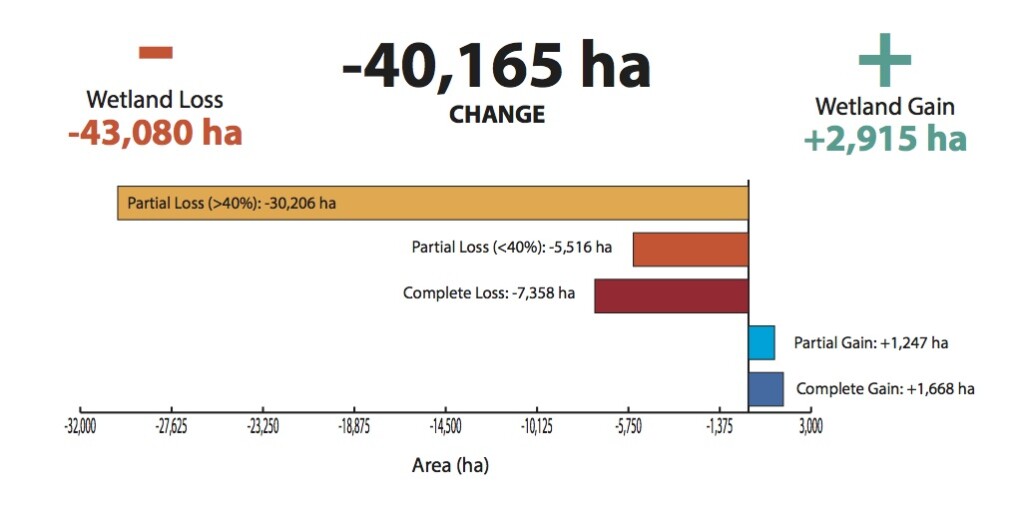
This work required a high level of geomatics expertise, including remote sensing, spatial analysis and modelling, data compilation, and advanced data management. Many data sources were required for the wetland ecological value assessment, and these needed to be diligently assessed for completeness, accuracy, and suitability prior to use.
The resulting Parkland County Wetland Inventory and Historic Loss Assessment is the most rigorous and advanced landscape level wetland study of its kind in Alberta, and provides a comprehensive estimate of wetland loss in the County between 1950 and 2013. The information provided as part of this study will be used by Parkland County to help inform future land use decisions, including targeting areas for future wetland restoration efforts.
If you are interested in the nitty gritty details of this project, you are in luck, Parkland County is proud of it too, and has posted the full report to their website. Just click on the report image below to download a copy.
